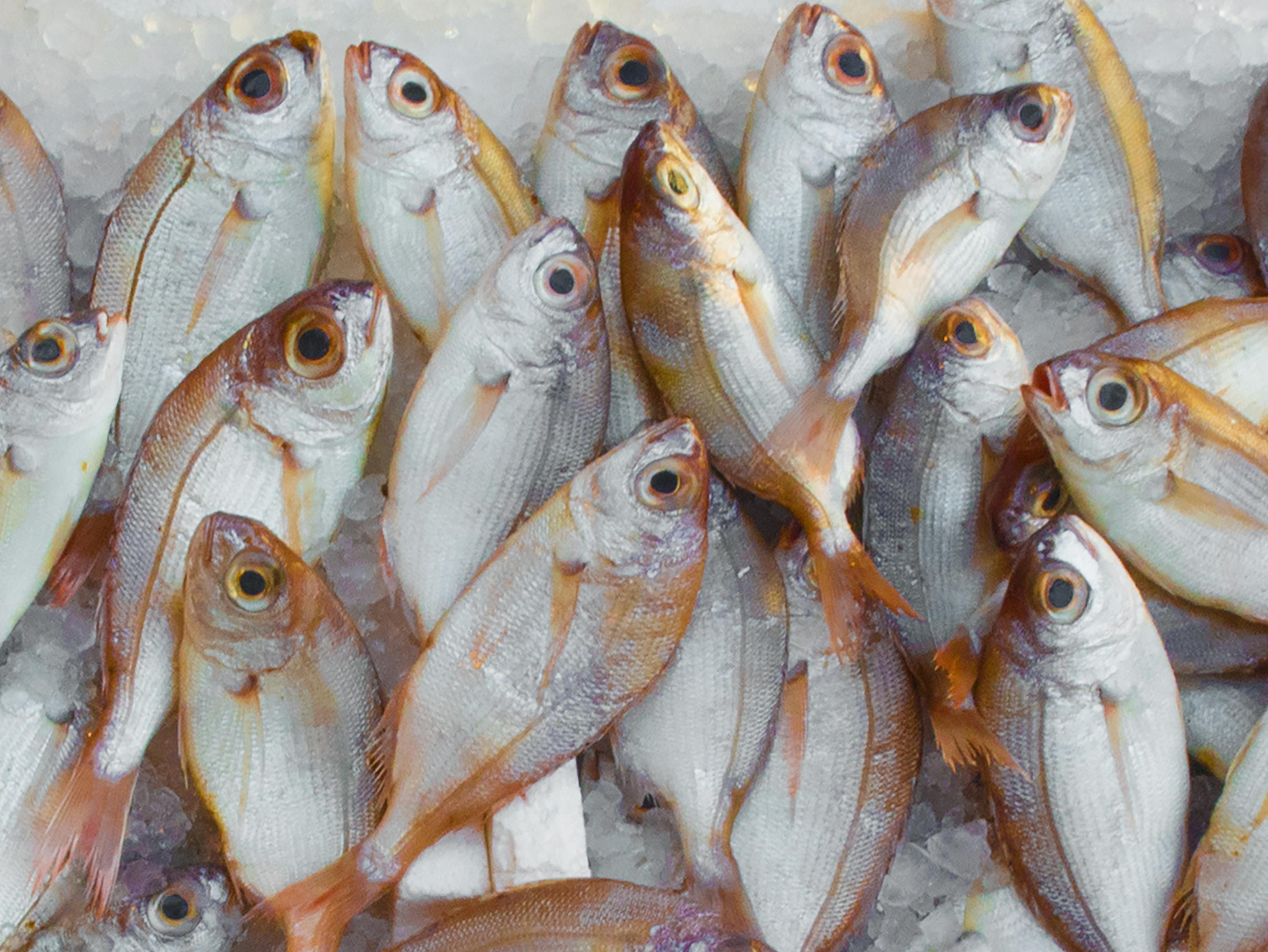Skin, scales and fish tails: using collagen to turn fish guts into gold

New research from Swinburne could transform the sector by converting high value collagen proteins from seafood by-products into cosmetics, food, and pharmaceuticals.
In summary
- Seafood processing generates up to 90,000 tonnes of waste in Australia annually
- New research from Swinburne could transform the sector by converting high value collagen proteins from seafood by-products into cosmetics, food, and pharmaceuticals
- This new circular economy presents an innovative model for reducing waste in the seafood industry
Seafood processing generates up to 90,000 tonnes of waste in Australia annually, including heads, tails, guts, skin, and scales. Landfilling, the most common method for disposing of seafood waste, significantly contributes to environmental pollution.
However, new research from Swinburne University of Technology could transform the sector by converting high value collagen proteins from seafood by-products into cosmetics, food, and pharmaceuticals.
This new circular economy presents an innovative model for reducing waste in the seafood industry, creating high-value products, and eliminating the need for other animal-based sources to manufacture collagen proteins.
The groundbreaking research is led by Dr Nisa Salim from Swinburne’s School of Engineering under the Sustainability Victoria’s Circular Economy Innovation Fund by the Circular Economy Business Innovation Centre (CEBIC), on behalf of the Victorian Government.
“More than 50 per cent of a salmon is generated as by-products and discarded as waste,” Dr Salim says.
“My team is offering an economical and environmentally friendly method to produce high value collagen protein from aquaculture by-products, opening an innovative model for reducing waste generation in fish industries.”
“Our solution is to use seafood by-products as a sustainable and ethical source of collagen. We take these by-products and turn it into a valuable resource through the production of collagen protein. This approach will eliminate fish waste going to landfill and instead can be used for consumer products.”
From lipstick to lentils: the many uses of converted collagen
“We have a clear plan for demonstrating our product, starting with feasibility trials and testing, small-scale production and scaling up as demand grows. We have also identified potential markets and customers for our product, including major food and cosmetic companies,” she says.
Collagen is a protein that has a wide range of applications when extracted: from a thickening agent in food, to hydration in cosmetics, to wound healing in medical products. The collagen market is predicted to grow between USD 5 to 8 billion within the next five years.
Dr Salim and the team at Swinburne are partnering with the End Food Waste Cooperative Research Centre to accelerate this opportunity for the aquaculture industry. She says she is confident that the project has the potential to make a real difference with a positive impact on the environment, society, and economy.
“Our circular economy design creates a win-win situation. This can reduce waste and environmental impact, create economic opportunities and offers a sustainable and ethical alternative to animal-based collagen production.”
“Together we can work towards a sustainable future.”
-
Media Enquiries
Related articles

- Science
Microcombs could be key in meeting bandwidth demands for artificial intelligence and data centres
A newly-published paper shows how a kind of “optical ruler”, or frequency comb, can greatly increase bandwidth in today’s data-saturated world.

- Health
World-first intravenous psychedelic trial to treat binge eating to launch
The world-first IV-administered psychedelic trial for binge eating disorder will kick off this year at Swinburne.

- Astronomy
International team discovers the most distant spiral galaxy ever seen
Swinburne University of Technology is part of an international team that has discovered a massive, Milky Way-like spiral galaxy that formed just 1 billion years after the Big Bang, revealing an unexpectedly mature structure in the early Universe.

- Science
- University
- Sustainability
Swinburne announces Professor Joy Sumner as FACET Co-Director
Swinburne has announced Professor Joy Sumner as the new Co-Director of the Franco-Australian Centre for Energy Transition (FACET)

- Technology
- Education
- Science
- University
New Australia-India joint research institute to advance energy, communications, materials and manufacturing technologies
Swinburne University of Technology and the Indian Institute of Technology Hyderabad (IITH) have launched the Swinburne-IITH Manufacturing, Materials, Energy and Communication Technologies (SIMMECT) Joint Research Institute, to drive impactful research and global collaboration on major technology challenges.
-

- Science
Microcombs could be key in meeting bandwidth demands for artificial intelligence and data centres
A newly-published paper shows how a kind of “optical ruler”, or frequency comb, can greatly increase bandwidth in today’s data-saturated world.
Thursday 08 May 2025 -

- Health
World-first intravenous psychedelic trial to treat binge eating to launch
The world-first IV-administered psychedelic trial for binge eating disorder will kick off this year at Swinburne.
Thursday 10 April 2025 -

- Astronomy
International team discovers the most distant spiral galaxy ever seen
Swinburne University of Technology is part of an international team that has discovered a massive, Milky Way-like spiral galaxy that formed just 1 billion years after the Big Bang, revealing an unexpectedly mature structure in the early Universe.
Thursday 17 April 2025 -

- Science
- University
- Sustainability
Swinburne announces Professor Joy Sumner as FACET Co-Director
Swinburne has announced Professor Joy Sumner as the new Co-Director of the Franco-Australian Centre for Energy Transition (FACET)
Monday 28 April 2025 -

- Technology
- Education
- Science
- University
New Australia-India joint research institute to advance energy, communications, materials and manufacturing technologies
Swinburne University of Technology and the Indian Institute of Technology Hyderabad (IITH) have launched the Swinburne-IITH Manufacturing, Materials, Energy and Communication Technologies (SIMMECT) Joint Research Institute, to drive impactful research and global collaboration on major technology challenges.
Monday 03 March 2025

